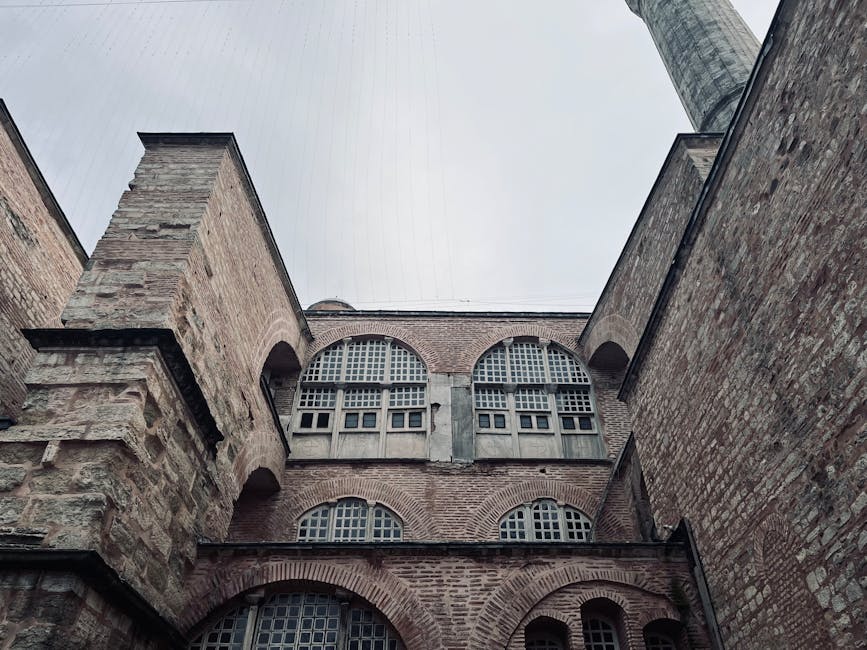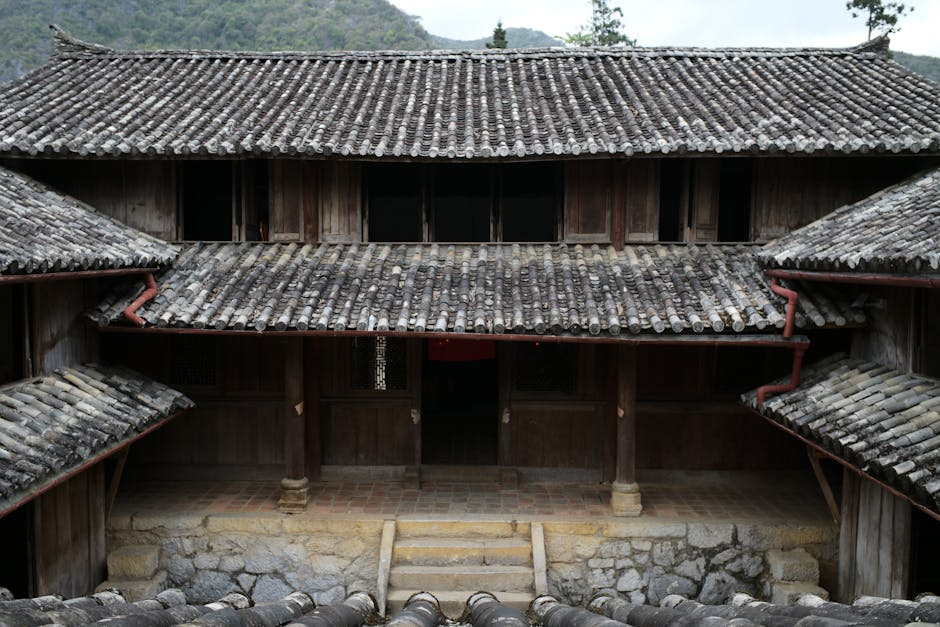Cultural Style Preservation: Honoring the Past, Shaping the Future
As we navigate through the ever-changing landscapes of fashion, art, and design, one essential element remains constant: the importance of cultural style preservation. This intricate tapestry of traditions, aesthetics, and techniques embodies the essence of various societies, reflecting their histories, values, and identities. From indigenous communities preserving age-old textile patterns to contemporary designers drawing inspiration from ancient motifs, the preservation of cultural style is not merely a means of honoring the past but also a powerful tool for shaping the future.
In this comprehensive guide, we delve deep into the world of cultural style preservation, exploring its significance, challenges, and potential impact on the global creative landscape. Join us on a journey through history, tradition, and innovation as we unravel the threads that bind us to our rich cultural heritage.
The Historical Significance of Cultural Style Preservation

Throughout history, various civilizations have used clothing, accessories, and decorative arts as a means of expressing their cultural identities. From the intricate embroidery of the Chinese Hanfu to the vibrant beadwork of the Maasai people in East Africa, each culture has developed a unique visual language that speaks volumes about its traditions and values.
One of the earliest examples of cultural style preservation can be found in the ancient Egyptian civilization, where elaborate headdresses, jewelry, and garments were not only symbols of status and wealth but also served as a means of honoring the gods and the afterlife. The intricate hieroglyphs and motifs found in Egyptian textiles and artifacts have provided invaluable insights into the social, religious, and artistic practices of this ancient culture.
Similarly, the rich textile traditions of the indigenous communities in the Americas, such as the Navajo, Inca, and Maya, have been passed down through generations, preserving intricate weaving techniques, natural dyeing methods, and symbolic motifs that tell stories of creation, spirituality, and connection to the land. These traditions not only serve as a source of cultural pride but also as a means of economic empowerment for indigenous artisans and communities.
The Role of Cultural Style Preservation in Contemporary Fashion

In today’s globalized world, cultural style preservation plays a crucial role in shaping the fashion industry and influencing trends across the globe. Designers, artists, and brands are increasingly turning to traditional craftsmanship, heritage textiles, and indigenous motifs as sources of inspiration, creating a fusion of past and present that resonates with consumers seeking authenticity and storytelling in their wardrobe choices.
One notable example of cultural style preservation in contemporary fashion is the resurgence of traditional Japanese textiles such as kimono silk, indigo-dyed fabrics, and sashiko embroidery. Designers like Issey Miyake, Yohji Yamamoto, and Rei Kawakubo have reinterpreted these age-old techniques in modern silhouettes, blending traditional craftsmanship with avant-garde design to create fashion that transcends time and trends.
Similarly, the vibrant colors, intricate patterns, and handwoven textiles of African, South American, and Southeast Asian cultures have inspired a new wave of designers committed to ethical fashion practices, sustainability, and cultural appreciation. Brands like Brother Vellies, DEN, and Delpozo have collaborated with artisans from diverse cultures to create collections that celebrate craftsmanship, preserve heritage techniques, and support local communities.
Challenges and Controversies in Cultural Style Preservation

While cultural style preservation is essential for safeguarding cultural heritage and promoting diversity, it is not without its challenges and controversies. One of the primary concerns is the issue of cultural appropriation, where elements of a marginalized culture are adopted and commercialized by dominant groups without proper acknowledgment, respect, or compensation.
In recent years, several fashion brands and designers have faced backlash for appropriating indigenous patterns, symbols, and traditional dress without consulting or collaborating with the communities from which they originated. This has sparked important conversations about the ethics of borrowing from other cultures, the power dynamics in the fashion industry, and the need for greater transparency and accountability in creative collaborations.
Another challenge in cultural style preservation is the threat of cultural commodification, where traditional crafts, techniques, and designs are mass-produced, watered down, or misrepresented for commercial gain. This not only undermines the authenticity and integrity of the original cultural practices but also perpetuates stereotypes, erases histories, and perpetuates inequality within the creative industries.
Preserving Cultural Style for Future Generations

Despite the challenges and controversies surrounding cultural style preservation, there are numerous initiatives, organizations, and individuals dedicated to safeguarding and promoting cultural heritage for future generations. Museums, galleries, and cultural institutions play a vital role in preserving and showcasing traditional textiles, artifacts, and artworks, providing a platform for education, research, and public engagement.
Community-based projects, artisan cooperatives, and social enterprises also play a crucial role in preserving cultural style by empowering local artisans, promoting sustainable practices, and creating economic opportunities within marginalized communities. Initiatives like the UNESCO Creative Cities Network, the Ethical Fashion Initiative, and the Alliance for Artisan Enterprise work to support and promote traditional craftsmanship, heritage skills, and cultural diversity on a global scale.
Expert Opinions on Cultural Style Preservation
According to renowned fashion historian Valerie Steele, “Cultural style preservation is not just about preserving the past; it’s also about embracing the future. By honoring traditional techniques, motifs, and materials, we can create a more inclusive, diverse, and sustainable fashion industry that celebrates the richness and diversity of global cultures.”
Acclaimed designer Stella Jean, known for her vibrant prints and collaborations with artisans from Haiti, Peru, and Burkina Faso, echoes this sentiment, stating, “Cultural style preservation is a collaborative effort that requires mutual respect, understanding, and dialogue between designers, artisans, and communities. By working together, we can create fashion that transcends borders, bridges divides, and celebrates the beauty of cultural diversity.”
Conclusion: Embracing the Legacy of Cultural Style Preservation
To wrap things up, cultural style preservation is not merely a trend or a passing fad; it is a timeless commitment to honoring the traditions, stories, and craftsmanship of diverse cultures around the world. By celebrating our shared heritage, supporting local artisans, and promoting ethical practices in the creative industries, we can create a more inclusive, equitable, and vibrant global community where cultural style thrives and evolves for generations to come.
As we embark on this journey of discovery and appreciation, let us remember that cultural style is not just about what we wear or how we adorn ourselves; it is a reflection of who we are, where we come from, and where we are headed. Let us embrace the legacy of cultural style preservation with open hearts, curious minds, and a deep sense of gratitude for the rich tapestry of traditions that bind us together as one human family.




